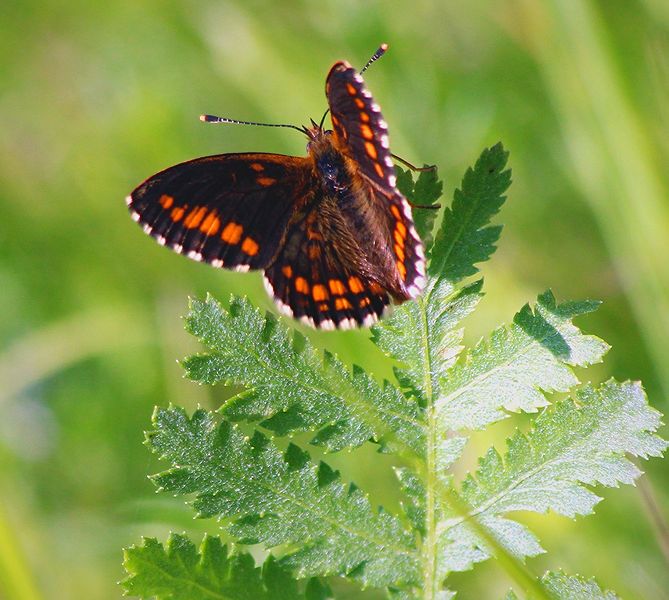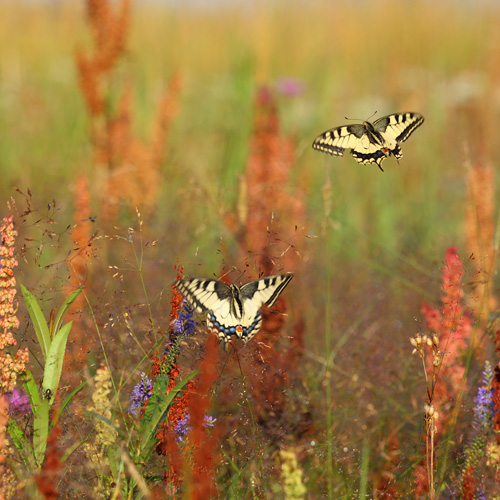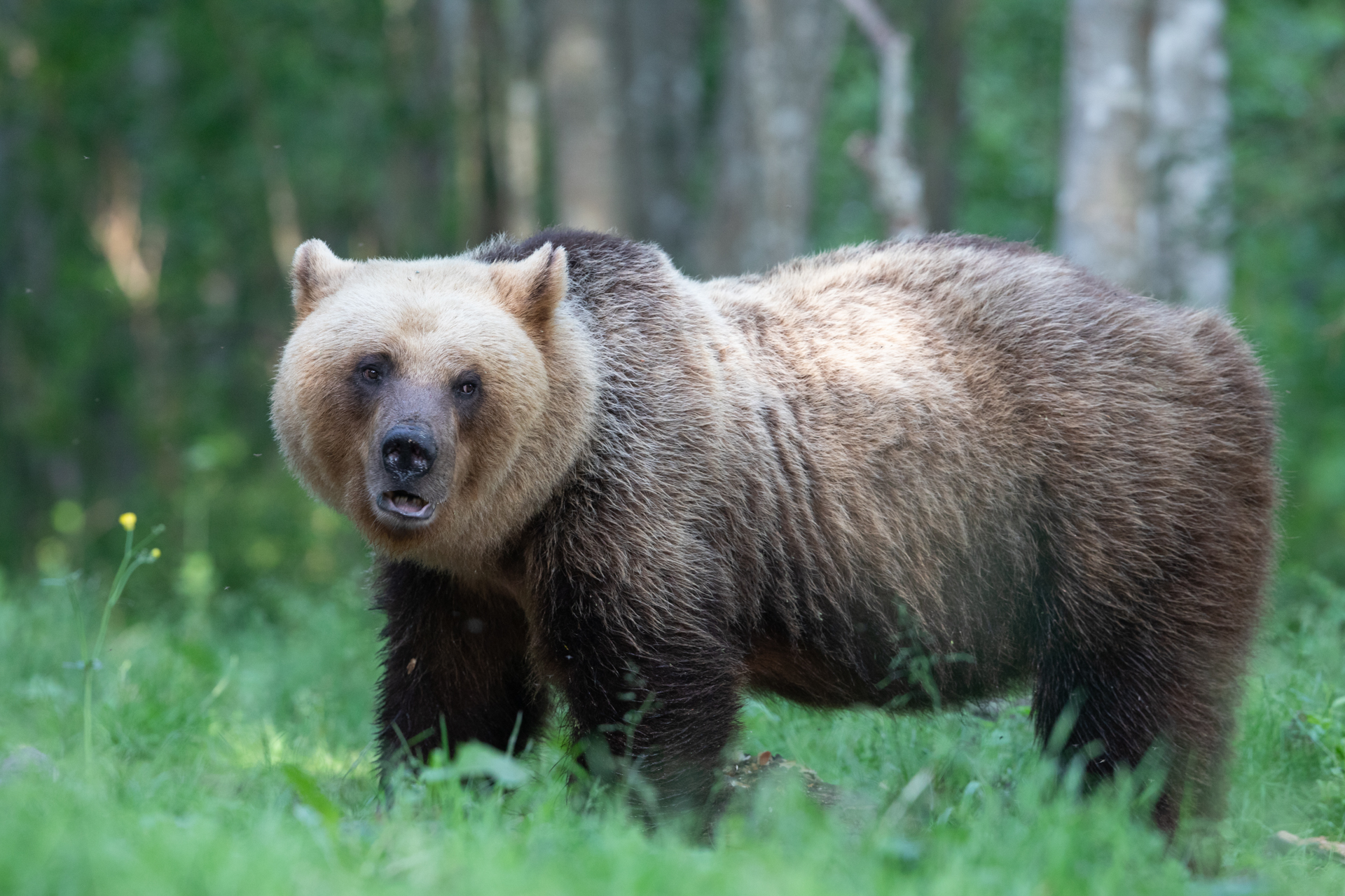Autumn and the frosts have come and the snow is not far off—nature is ready for winter rest. Most butterfly imagos have stopped moving around, found a place to overwinter or died, leaving the other stages of life cycle—egg, larva, pupa—to overwinter.
It seems unbelievable but some species of Lepidoptera are only beginning their active life. One of those is the Mottled Umber Erannis defoliaria.
One may encounter the Mottled Umber Erannis defoliaria anywhere in Estonia from mid-September to late October. As the caterpillars feed on various deciduous trees and bushes they can find food everywhere. In spring caterpillars will hatch of the eggs laid in the autumn; they will start to feed on fresh leaves. The geometer moths received their name from the method of motion of their caterpillars—they inch forward and seem to measure the earth. Namely, the caterpillars of Mottled Umber Erannis defoliaria and other geometer moths only have two pairs of prolegs and their locomotion is not smooth crawling as it is with the larva of most Lepidoptera. When moving, the caterpillars of geometer moths stretch their body as far ahead as they can and grasp the footing with their thoracic legs. Then they pull the rear segment forward, again stretch the front part of the body, etc. Such an anatomy and camouflage also allow them to imitate dried twigs—this often saves them from falling prey to someone. In years of mass reproduction there have been occasions when caterpillars have eaten an entire tree crown of a deciduous tree completely bare. As a rule, the trees will not die but restore their foliage already in the same year.
There are species of Lepidoptera in case of whom one of the sexes is flightless. The Mottled Umber also has this adaptation—the wings of the female of the species have degenerated and can be seen as short wing stumps. The wing span of the males is, however, quite large (3–4 cm), the wings have a pretty pattern and the males are active fliers. The wing scales may range from yellow to brown in colour; they make up original and beautiful colour combinations in individual specimens. The moths do not feed but use the body fat collected in caterpillar stage to succeed in the task of creating a new generation. The moths can often be seen spinning around a light source in a dark autumn night. The females wait for the males on tree trunks and climb to the tree crown to lay eggs after mating. The females are also lured by light to some extent, and if you are lucky, you might see one on a house wall or near lighting.
After mating and laying eggs the moths die with the first great frosts but there are eggs in the tree crowns, awaiting for the warmth of spring to continue the life cycle.
Allan Selin







